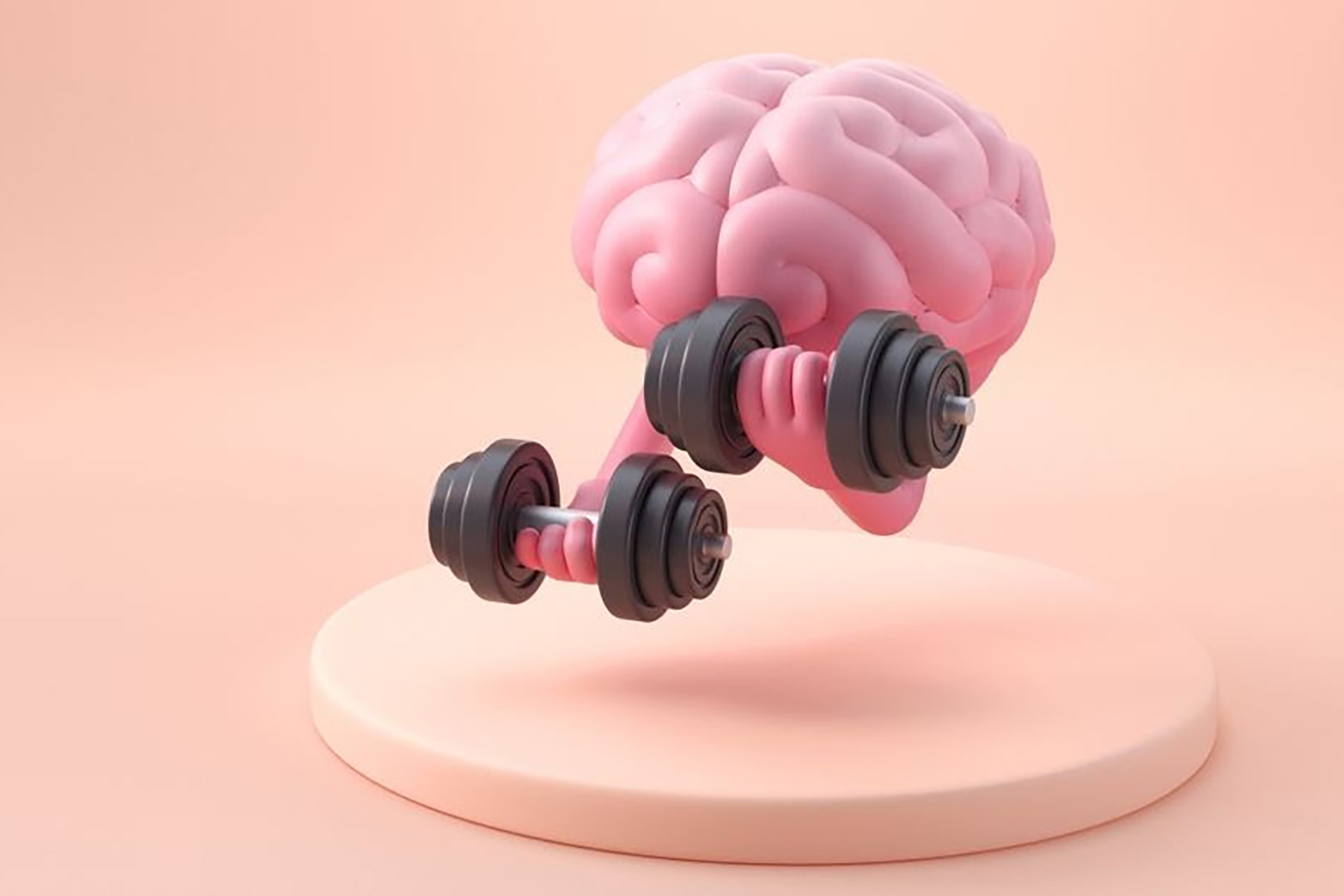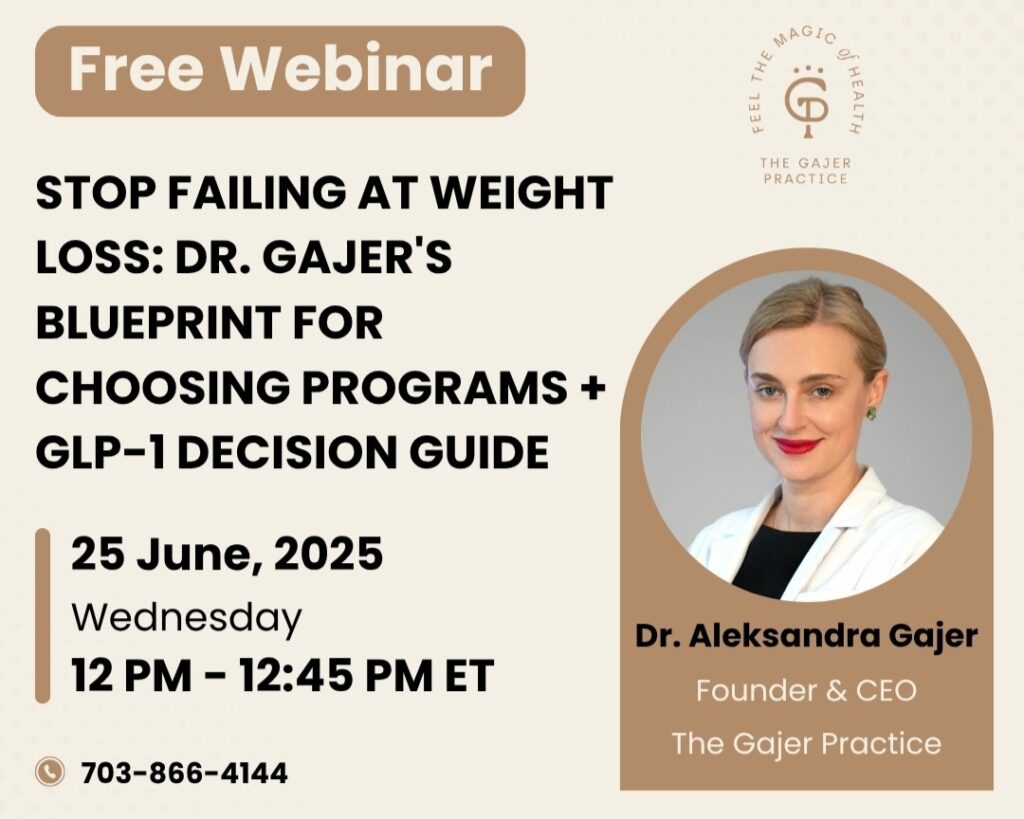Dear readers,
I am a shameless peddler of exercise, and I have the data to back me up. But that doesn’t mean movement, athletics, or exercise have ever come naturally to me.
The Reluctant Mover
As an immigrant child trying to fit into a new culture, I was painfully awkward. I fiercely dreaded gym class and organized sports throughout my young years. I wasn’t fast or coordinated. The activities I tried, I performed significantly worse than my peers. Team sports became exercises in humiliation rather than joy.
I developed elaborate excuses to avoid physical education, viewing it as a form of socially sanctioned torture rather than an opportunity. The casual athleticism that seemed to come naturally to other children eluded me entirely.
Finding My Path in Adulthood
The transformation didn’t happen overnight. Gradually, in adulthood, I discovered forms of movement that brought me genuine joy rather than anxiety. Yoga became my gateway—the first physical practice where the focus wasn’t competition but personal experience. Swimming followed, offering the weightless freedom of movement without impact. In water, my body felt capable in ways it never had on land.
These discoveries taught me something crucial: when we strip away the performance aspects, the comparisons, and the rigid expectations, we can find forms of physical activity that nourish rather than deplete us.
Movement Through Adversity
My journey with movement has included significant challenges. I’ve dealt with chronic illness that has made exercise hard and painful at times. During these difficult phases, I’ve had to redefine what movement means. Often, it was just five minutes of gentle stretching or basic movement followed by rest—a far cry from my usual routine, but still beneficial.
Movement exists on a spectrum, and moving along that spectrum depending on your circumstances is not failure—it’s wisdom.
The Medicine That Outperforms All Others
Despite my complicated history with exercise and the physical challenges I’ve faced, I still swear by movement as the best medicine available to us. It is, without exaggeration, better than any pharmaceutical intervention ever developed for your brain and body.
Regular physical activity improves insulin sensitivity, rivals antidepressants for mild depression, creates measurable changes in brain structure, reduces inflammation throughout the body, and improves hormone production affecting everything from mood to metabolism.
What’s most remarkable is that these benefits begin to accumulate with even modest amounts of movement. The greatest health improvements come from moving from sedentary to any level of regular movement.
The Permission to Start Small
Here’s what I wish someone had told me earlier in life: some movement is always better than no movement. Intensity is not always necessary for effectiveness.
If walking for 30 minutes feels impossible, walk for five. If running hurts your joints, try swimming or cycling. If a structured workout feels overwhelming, put on music and dance in your living room.
The goal isn’t perfection or performance—it’s introducing regular, enjoyable movement into your life in whatever form works for your unique body and circumstances.
Why It Matters
When we move our muscles, we’re not just burning calories (in fact, that’s one of the least important benefits). We’re improving mitochondrial function, enhancing brain health, regulating hormones like insulin and cortisol, improving immune function, strengthening the cardiovascular system, building bone density, and supporting mental health through stress reduction.
These fundamental biological processes affect everything from your daily energy levels to your long-term health trajectory and longevity.
Start Where You Are
If you, like me, have a complicated relationship with movement, release past notions of what exercise “should” look like. Start where you are, with what feels accessible and, ideally, somewhat enjoyable.
Remember that consistency matters more than intensity. Moving your body regularly in modest ways will yield far greater benefits than occasional heroic exercise efforts followed by prolonged inactivity.
The most effective form of movement is the one you’ll actually do regularly. For some, that’s a structured gym routine. For others, it’s gardening, dancing, or walking the dog. All movement counts.
As someone who has navigated the journey from movement-avoidant to movement-advocate, I can tell you that finding your path to regular physical activity is one of the most profound gifts you can give your current and future self.
Your body is designed to move, and it will thank you—through better metabolic health, hormone balance, brain function, and longevity—when you honor that design, whatever that looks like for you today.
To your health,
Dr. Alex Gajer






